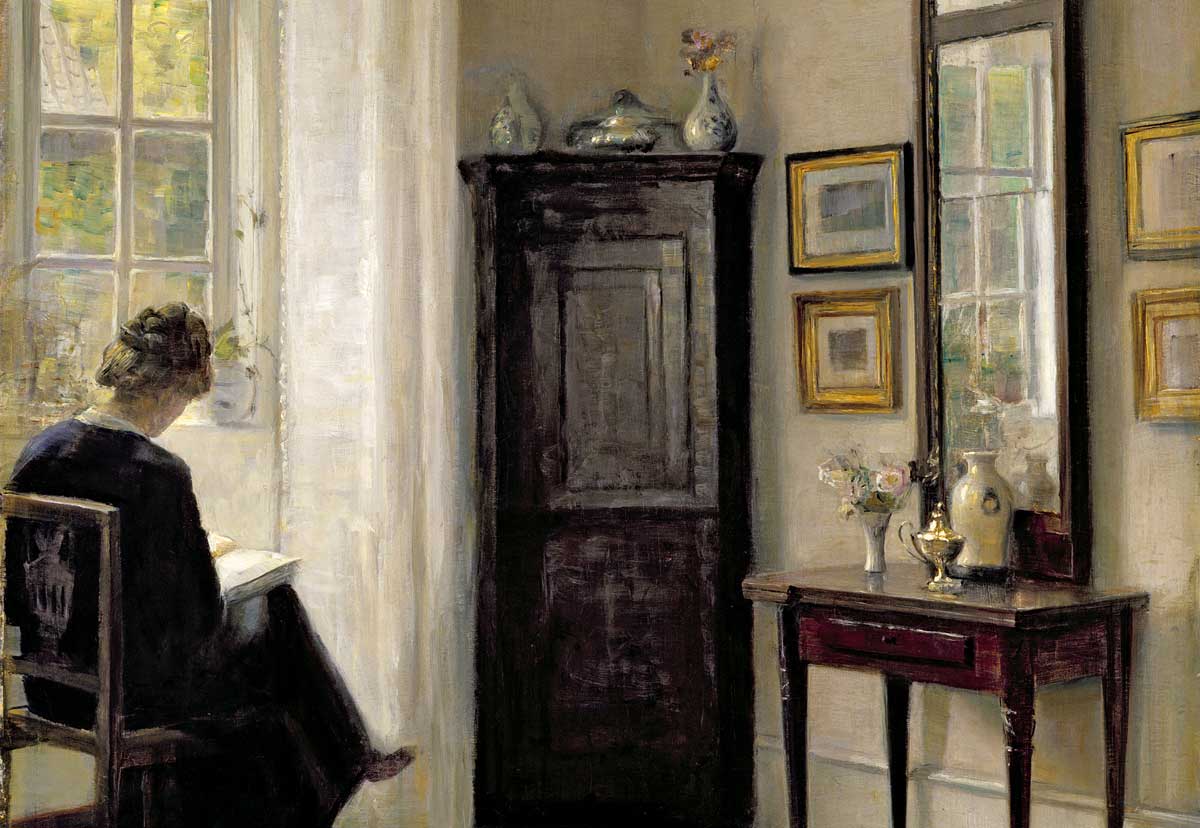All By Myself
Solitude was treated with suspicion in the Middle Ages. For most people it has only been a possibility in recent times.

In modern western society, time for oneself, alone and in private, is taken for granted. Since the late 19th century, access to solitude has been central to understandings of privacy, which was defined in an influential article from the 1890 Harvard Law Review as ‘the right to be let alone’. But this was not always the case.
In medieval Europe, when life was a far more communal experience than it is today, solitude was considered ‘the worst form of poverty’. The Latin word solitudo, from which the modern English word solitude derives, implied a negative, uncivilised condition. The word lonely, which appeared in English in the early 17th century, was barely distinguishable from solitary for a further two centuries. Solitude was certainly familiar to monks, nuns, hermits and anchorites, but this was a particularly pious sort of isolation, designed to facilitate communion with God. It was not something that ordinary people should have access to.
